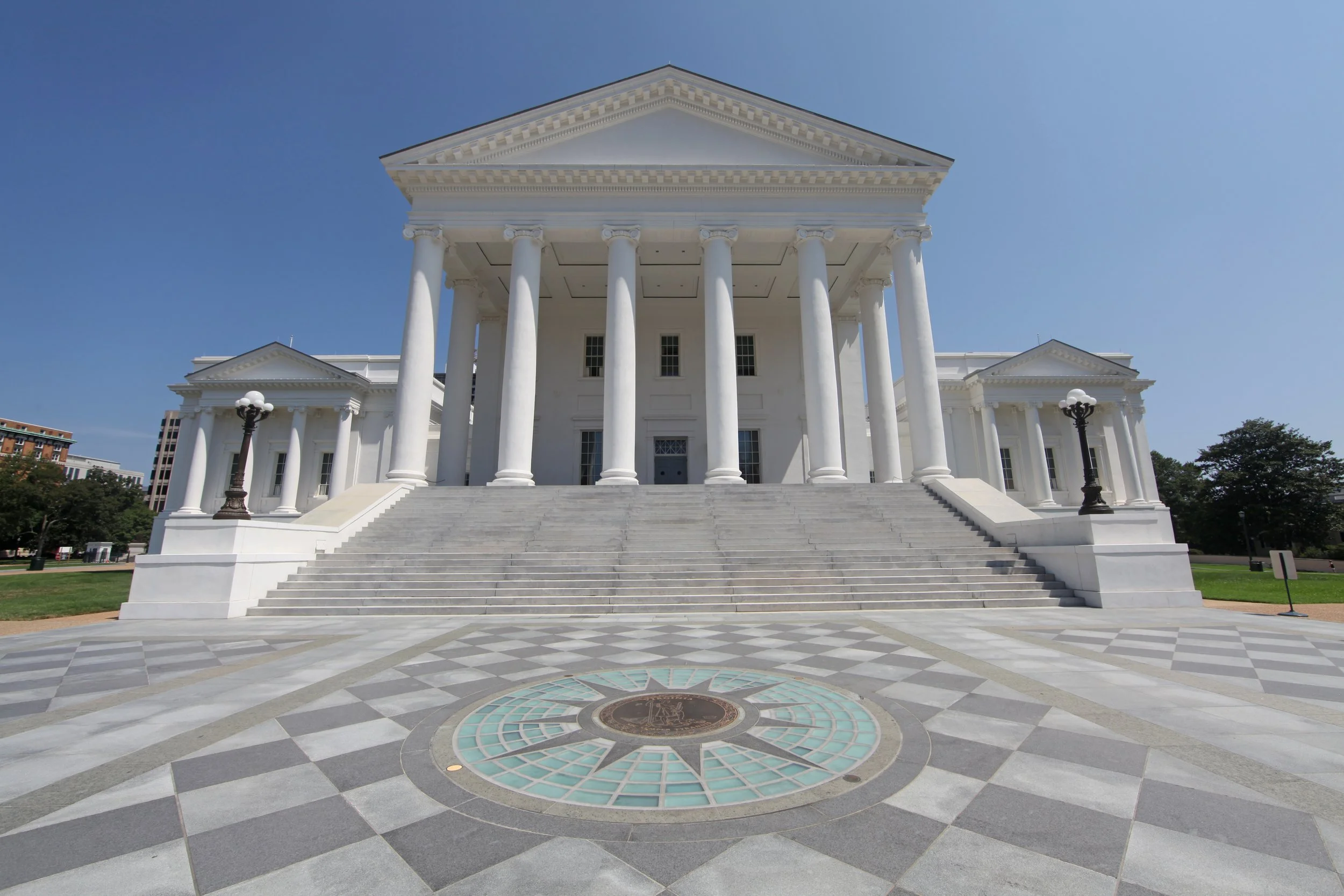Health Policy Rollup: State Action We’re Watching in April 2025
Legislation we’re watching this month, including Certificate of Need in Mississippi, facility fees in Oregon, Medicaid reform in Indiana, and more.
State Legislatures Consider Limiting mRNA Vaccine Technology
While the COVID-19 vaccines were the first mRNA technologies approved by the FDA, NIH scientists have been studying the technology since the 1960s. Now, mRNA technology is being explored for other diseases like cancer and the flu. Due to controversies stemming from the COVID pandemic response, including the vaccines, conservative legislators in 12 states have introduced legislation limiting mRNA vaccine technology.
Virginia and Utah Legislative Sessions Just Wrapped — Here Are the Health Policy Takeaways
Virginia and Utah wrapped up their sessions with significant healthcare legislation. Both states enrolled legislation that stands to have significant influences to the state of healthcare delivery and coverage and public health.
Health Policy Rollup: State Action We’re Watching in March 2025
Legislation we’re watching this month, including Medicaid policy activity in several states, a bill to eliminate the New Hampshire Vaccine Association, and more.
GLP-1 Weight Loss Drugs: Coverage Under Medicaid and Other Health Plans
Recognizing the potential long-term benefits for enrollees’ cost of coverage, a number of state Medicaid and employee health plans initiated coverage of GLP-1s for weight loss purposes. Only Arkansas, California, Maryland, New Mexico, Pennsylvania, and Texas have introduced legislation mandating coverage in 2025 to date.
State Medicaid Work Requirements (11 States Are Considering These Bills in 2025)
So far in 2025, 21 bills in 11 states have been introduced that would require some community engagement in order to receive Medicaid benefits. Despite legislative attempts at implementing work requirements, it may be possible for some states to bypass the legislature altogether.
Policy Trend: Medicaid Work Requirements
As states and the federal government look for ways to cut spending, an obvious place to look is one of the largest budget items for all jurisdictions: Medicaid. The addition of work requirements for recipients has been a perennial (though so far unsuccessful), option for budget conscious legislators. So far in 2025, 12 bills in 7 states have been introduced that would require some community engagement in order to receive Medicaid benefits.
Indiana Drives on Healthcare Reform
Over the past month, arguably no Governor and Legislature have been as proactive in healthcare reform as newly elected Indiana Gov. Mike Braun (R) and Indiana’s General Assembly. In late January, the Governor issued six executive orders pertaining to healthcare access, affordability and transparency.
Health Policy Rollup: State Action We’re Watching in February 2025
Legislation we’re watching this month, including the creation of Prescription Drug Affordability Boards, a gender-affirming care barn in Kansas, private equity oversight in Connecticut and New York, and more.
What Are Governors Saying About Health Care? (2025 State of the State Addresses)
Over the past two months, governors across the country have laid out key policy priorities for the next year in their State of the State addresses. This year, the majority of governors have made healthcare a key issue with several highlighting behavioral health, workforce, and affordability as priorities.
State PBM Reform: How States Are Trying to Control Pharmaceutical Spending
During the 2024 state legislative sessions, 33 bills were enacted in 20 states related to the regulation of pharmacy benefit managers (PBMs). States used a variety of tactics, including spread pricing prohibitions, 340B pharmacies, patient steering and affiliated pharmacies, and mandates for increased reporting of PBM activities.
States Take Action on Upper Payment Limits to Address Prescription Drug Affordability
With rising prescription drug costs a concern for consumers, state legislatures have taken an array of actions to contain costs. In recent years the establishment of Prescription Drug Affordability Boards (PDABs) has emerged as a strategy across the country. Eleven states have established a PDAB or a similar drug cost control entity. PDABs in four states (Colorado, Maryland, Minnesota, and Washington) have the authority to set upper payment limits (UPLs) on prescription drugs they determine to be unaffordable after review.
What to Expect in State Health Policy in 2025
In 2025, state lawmakers are expected to prioritize healthcare affordability and access, building on key legislative trends from this year. Here are our thoughts on key trends and issues from 2024 and how they might show up in state capitols next year.














